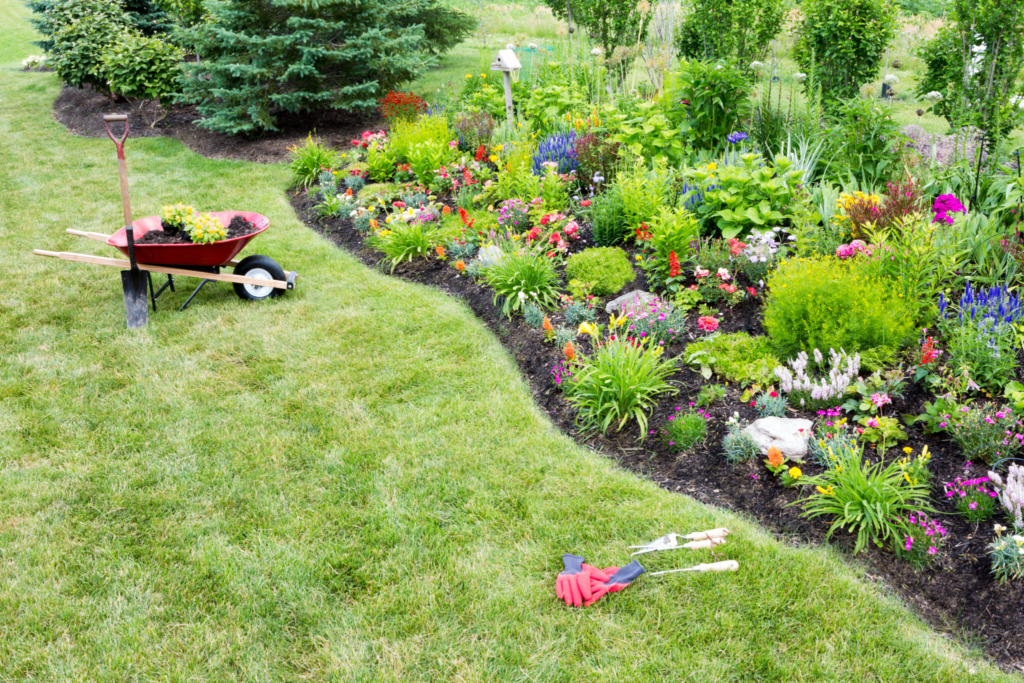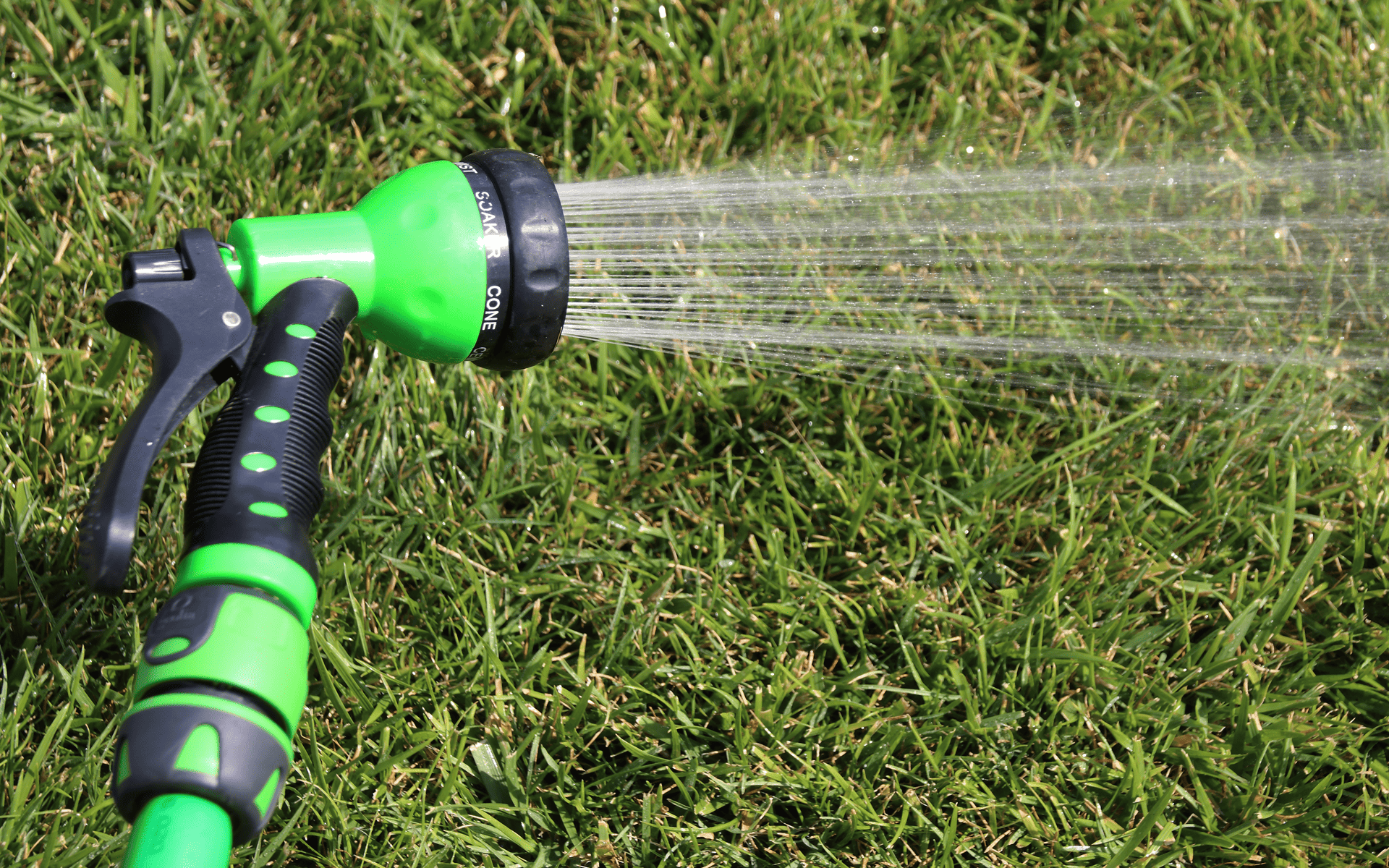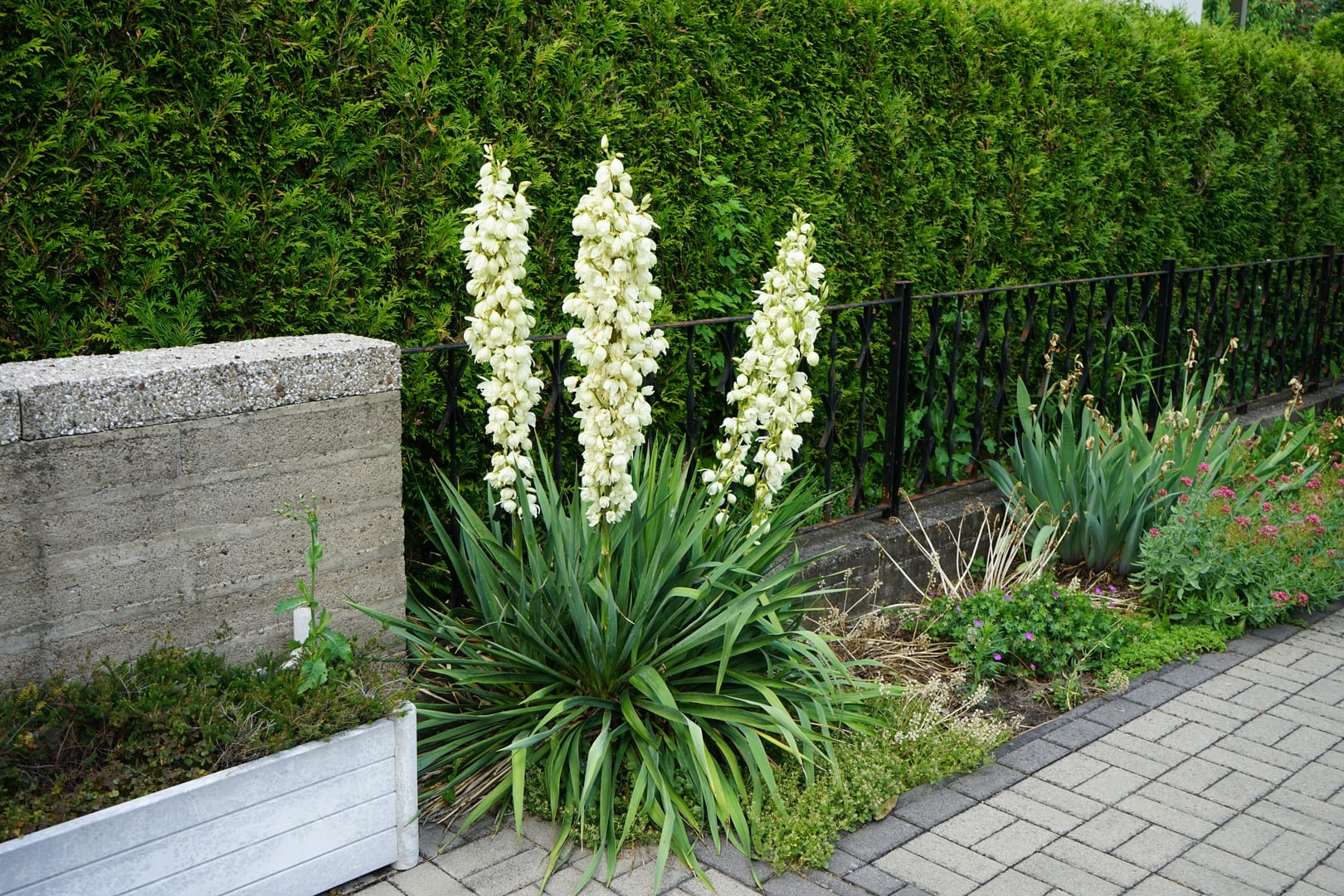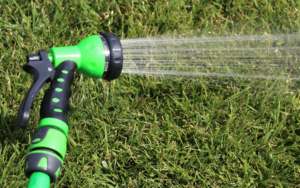Australia’s diverse climate presents unique challenges and opportunities for gardeners across the country. Whether you’re tending a small suburban garden or maintaining a sprawling lawn, understanding the needs of your plants throughout the seasons is crucial. With the right care, your garden can flourish year-round, showcasing lush lawns and vibrant blooms regardless of the weather.
Spring: Preparing for Growth
Spring is the season of renewal in Australian gardens. As the weather warms up, plants emerge from their winter dormancy, and it’s time to prepare your garden for the growing season.
Lawn Care
- Fertilising: Apply a slow-release fertiliser to promote healthy growth. Choose a product high in nitrogen to encourage lush, green lawns.
- Mowing: Begin regular mowing as your lawn starts to grow more rapidly. Set your mower blades to a medium height to avoid scalping the grass.
- Weed Control: Spring is the ideal time to tackle weeds before they become established. Use a selective herbicide to target broadleaf weeds without harming your lawn.
Garden Care
- Planting: Spring is the best time to plant a wide range of flowers, vegetables, and herbs. Consider starting a vegetable garden with cool-season crops like lettuce, spinach, and carrots.
- Mulching: Apply a fresh layer of mulch to garden beds to retain moisture, suppress weeds, and improve soil structure. Organic mulches like bark or compost are ideal.
- Pest Control: As temperatures rise, so does pest activity. Keep an eye out for aphids, snails, and caterpillars. Use organic pest control methods where possible to protect beneficial insects.
Summer: Maintaining the Momentum

Australian summers can be harsh, with extreme heat and, in some regions, drought conditions. Your garden will need extra care to stay healthy during this challenging season.
Lawn Care
- Watering: Water your lawn early in the morning or late in the evening to minimise evaporation. Deep, infrequent watering encourages deep root growth and drought tolerance.
- Mowing: Continue regular mowing but raise the mower blades to keep the grass slightly longer. Longer grass blades help shade the soil and retain moisture.
- Aeration: If your lawn is experiencing heavy traffic, consider aerating it to relieve soil compaction. Aeration allows water, nutrients, and air to penetrate the soil more effectively.
Garden Care
- Irrigation: Install a drip irrigation system or soaker hoses to water your garden beds efficiently. These methods deliver water directly to the roots, reducing waste and preventing foliage diseases.
- Shading: Protect delicate plants from the harsh midday sun by using shade cloths or planting taller plants to create natural shade. This is particularly important for vegetable gardens.
- Pruning: Lightly prune flowering plants after their blooms fade to encourage new growth and a tidy appearance. Be careful not to prune too aggressively, as this can stress the plants in hot weather.
Autumn: Preparing for the Cooler Months

As temperatures begin to drop, autumn is the time to prepare your garden for winter. This season is also an opportunity to plant cool-season crops and enjoy the last bursts of summer flowers.
Lawn Care
- Fertilising: Apply a balanced fertiliser to help your lawn recover from summer stress and build up reserves for winter. This will support strong root growth and improve disease resistance.
- Mowing: Gradually lower your mower blades as growth slows down. Aim to keep your lawn at a manageable height to avoid thatch buildup.
- Overseeding: If your lawn has bare patches or thinning areas, autumn is the perfect time to overseed. Choose a grass variety suited to your climate zone for the best results.
Garden Care
- Planting: Autumn is ideal for planting trees, shrubs, and perennials. The cooler weather allows roots to establish before the winter dormancy period.
- Leaf Management: Rake up fallen leaves and add them to your compost pile. Alternatively, use a mulching mower to shred leaves and return them to the lawn as a natural fertiliser.
- Pest Control: Keep an eye out for late-season pests such as caterpillars and aphids. Address any infestations promptly to prevent damage before winter sets in.
Winter: Nurturing Dormant Plants

Winter in Australia varies from mild and wet in the temperate south to dry and cool in the arid regions. During this season, your garden enters a period of dormancy, but there are still essential tasks to ensure a healthy spring revival.
Lawn Care
- Minimal Mowing: Mowing requirements are reduced in winter as growth slows down. Set your mower blades to the highest setting and mow only when necessary.
- Fertilising: Apply a slow-release fertiliser designed for winter use. This will provide your lawn with the nutrients it needs to stay healthy during the cooler months.
- Weed Management: Keep an eye out for winter weeds like clover and dandelion. Remove them manually or use a selective herbicide as needed.
Garden Care
- Pruning: Winter is the ideal time to prune deciduous trees and shrubs while they are dormant. Remove any dead or diseased branches to promote healthy growth in spring.
- Mulching: Apply a thick layer of mulch to garden beds to insulate plant roots from frost and retain soil moisture. This is especially important in frost-prone areas.
- Protecting Sensitive Plants: For frost-sensitive plants, consider covering them with frost cloths or moving potted plants to a sheltered location. This will prevent frost damage and ensure they survive the winter.
Conclusion
Caring for Australian lawns and gardens across the seasons involves a combination of knowledge, planning, and dedication. By understanding your local climate and following these seasonal tips, you can create a resilient and vibrant garden that thrives all year round. Whether you’re a seasoned gardener or just starting, these practices will help you make the most of Australia’s unique growing conditions, ensuring your outdoor spaces remain beautiful and productive throughout the year.













